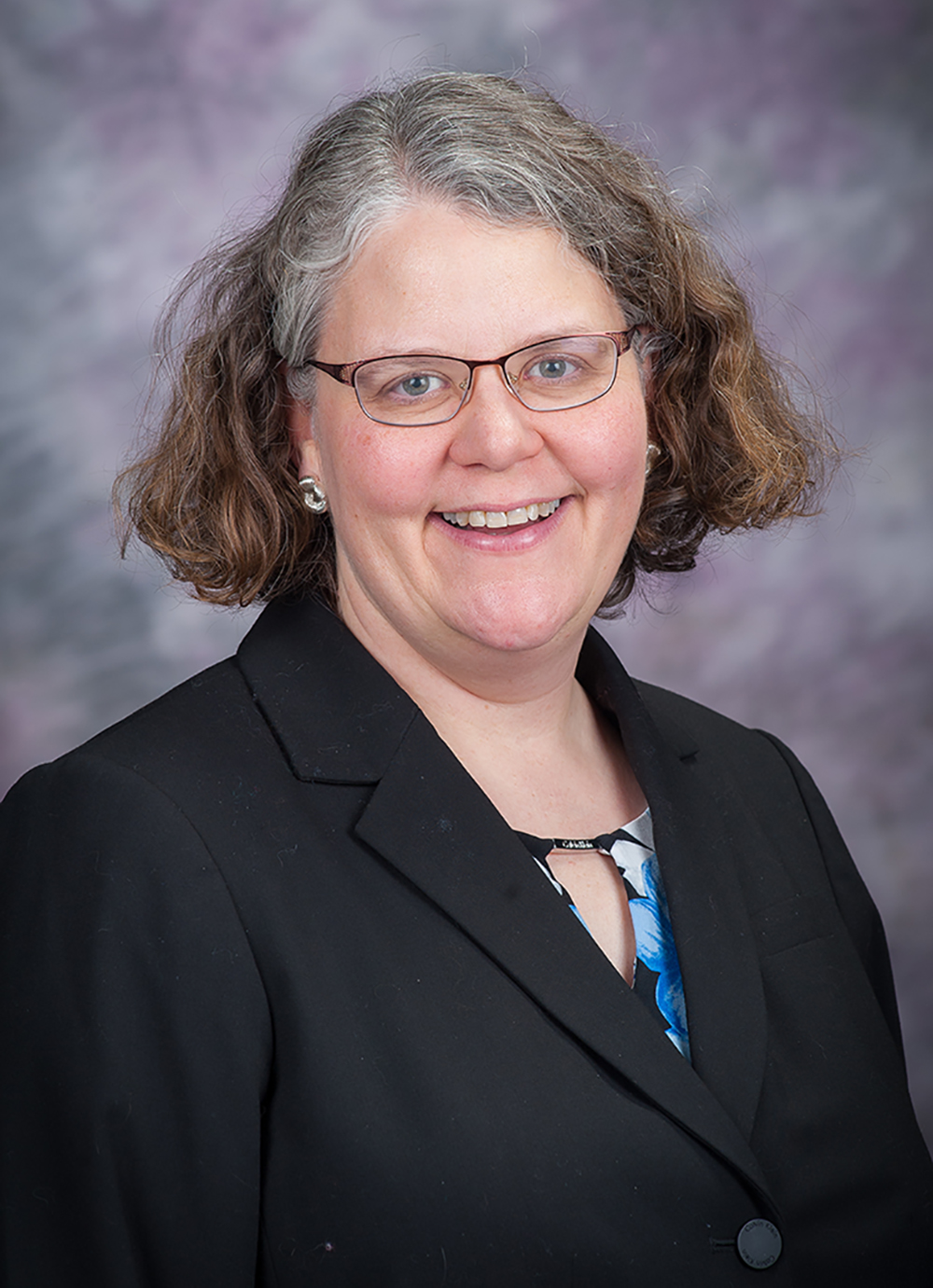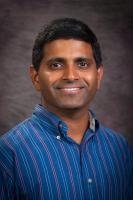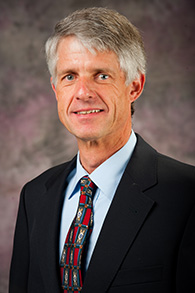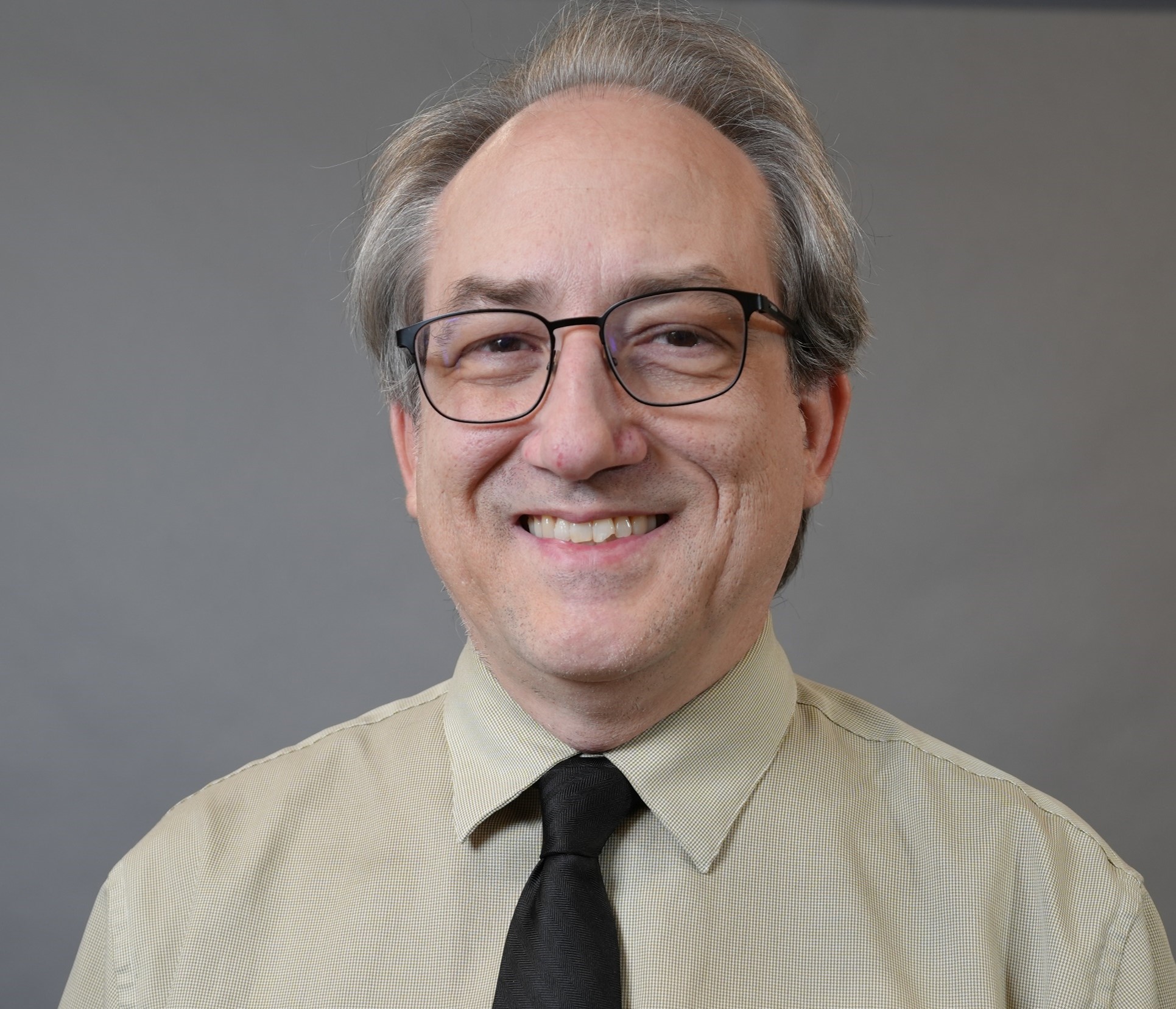NSF REU at K-State: Interactions of Matter, Light and Learning
The K-State REU program offers summer fellowships to do world-class research in our friendly physics department in the scenic Flinthills. We are funded by the National Science Foundation.
Atomic, Molecular & Optical Physics (AMO)
 Dr. Kristan Corwin: Methane-filled Photonic Crystal Fiber Spectroscopy
Dr. Kristan Corwin: Methane-filled Photonic Crystal Fiber Spectroscopy
Email: corwin@phys.ksu.edu
Optical Frequency combs have revolutionized the way in which optical frequencies are measured. However, even frequency combs need a reference. Our group has developed portable frequency references based on acetylene-filled optical fibers, for optical frequency references in the telecommunications band. [1] Such references have potential applications in the telecommunications industry, gas sensing, portable optical frequency comb stabilization, and others.
The student will learn the operation principles of an external cavity diode laser and assemble a diode laser at 1.3 microns. Once tuned to resonance with a methane line, the diode laser will be coupled into an optical fiber and used for absorption spectroscopy on the methane line. Furthermore, the student will work toward realizing sub-Doppler spectroscopy in methane in hollow fiber for the first time at this wavelength, toward the creation of a portable frequency reference near 1.3 microns. The student may also gain experience with collapsing hollow-core fiber to trap the methane inside while allowing ready coupling of the laser light, or with stabilization of an optical frequency comb to the reference. Other activities in the lab include development of novel lasers in these hollow fibers and direct frequency comb spectroscopy in molecular gasses, and students will have the opportunity to learn more about these projects as well. The student will interact with Prof. Corwin, Prof. Washburn, and Prof. DePaola, as well as students in the lab.
[1] Kevin Knabe, Shun Wu, Jinkang Lim, Karl A. Tillman, Philip S. Light, Francois Couny, Natalie Wheeler, Rajesh Thapa, Andrew M. Jones, Jeffrey W. Nicholson, Brian R. Washburn, Fetah Benabid, and Kristan L. Corwin, "10 kHz accuracy of an optical frequency reference based on 12C2H2-filled large-core kagome photonic crystal fibers," Opt. Express 17, 16017-16026 (2009)
 Dr. Vinod Kumarappan: Ultrafast Non-linear Optics for Photoelectron Spectroscopy
Dr. Vinod Kumarappan: Ultrafast Non-linear Optics for Photoelectron Spectroscopy
Email: vinod@phys.ksu.edu
Photoelectron spectroscopy of has long been a powerful experimental technique to learn about the structure and dynamics of molecules. Recent advances in molecular alignment techniques have put molecular-frame measurements of photoelectron spectra and angular distributions within reach. Such measurements are expected to uncover a wealth of information that is lost when laboratory frame measurements – in which the orientation of the molecules is not known and must be averaged over – are made. My group is preparing to measure photo-electron and photo-fragment distributions using UV and vacuum-UV pulses. As part of this larger program, the UV/VUV light sources must be built. This would be the primary focus of the REU project. We intend to first generate the third harmonic of our Titanium-sapphire laser pulses (at 800 nm) using non-linear optical crystals, and then mix two photons of the third harmonic with one photon of the fundamental in a gas cell to generate the fifth harmonic of the 800 nm laser. The REU student will help design and implement the third and fifth harmonic generation setups, and gain hands-on experience with ultrafast non-linear optics.
 Dr. Uwe Thumm: Electron emission from nanowires due to extreme ultraviolet illumination (THEORY PROJECT)
Dr. Uwe Thumm: Electron emission from nanowires due to extreme ultraviolet illumination (THEORY PROJECT)
Email: thumm@phys.ksu.edu
Illuminating nm-sized particles with short and intense pulses of infrared and visible light can induce strong electromagnetic fields near the particles surface. The intensity of these induced “plasmonic” fields can exceed the incident field intensity by orders of magnitude, and this field amplification hold promise for important novel applications in light-harvesting, drug delivery, and photo-catalysis. Within this project, we will numerically simulate electron emission from nanowires by energetic photons (provided by an incident XUV pulse) into the plasmonically enhanced field of a delayed infrared pulse. This will provide photoelectron spectra that reveal electronic characteristics of the nanowire and the induced plasmonic field intensity distribution. The interested student will be given a working Fortran 90 program and modify and use this code to provide electron spectra from the kind of nanowires that Brett Flanders’ group fabricates in our department.
 Dr. Carlos Trallero:Development of a high dynamic-range detection scheme for strong field ionization
Dr. Carlos Trallero:Development of a high dynamic-range detection scheme for strong field ionization
Email: trallero@phys.ksu.edu
Strong field ionization of atoms and molecules by intense femtosecond (fs = 1x10-15) laser pulses relies heavily on detection devices with low noise and high gains. Experimentalists are usually limited by the signal to noise ratio as we all as the dynamic range (the range over which signal can be detected without distortion) of the detection device. One way of improving both limitations is to use phase-sensitive amplification schemes which are usually performed using lock-in amplifiers. Lock-in amplifiers have demonstrated reduction in detection noise by a few orders of. Unfortunately, for strong field ionization experiments we are required to monitor multiple fragments and thus need several lock-in amplifiers which are very expensive. However, thanks to electronic developments we can currently buy microchips that act as high-quality lock-in amplifiers. Therefore, the goal of this REU project is to change the detection mechanism by building a stack of lock-in amplifiers capable of measuring several fragments in parallel (four to ten ion fragments) and to demonstrate this capability by performing an actual strong field ionization experiment using the device.
The ideal candidate will have some electronics capabilities and experimental orientation. Programing experience (especially LabView and/or Matlab and/or Python) would be beneficial but not required. This will not be a "soldering only" project and we expect the student to develop several skills such as optical alignment, experimental automation, charge particles detection, and femtosecond lasers.
 Dr. Brian Washburn: Numerical Study of Supercontinuum Generation in ZBLAN Fiber
Dr. Brian Washburn: Numerical Study of Supercontinuum Generation in ZBLAN Fiber
Email: washburn@phys.ksu.edu
The field of nonlinear fiber optics is concerned with the properties of ultrafast pulses as they propagate through fibers. Pulse propagation and supercontinuum generation has been explored in fused silica fibers for some time. There is strong interest in understanding ultrashort pulse propagation and supercontinuum generation with mid-infrared laser. Unfortunately fused silica absorbs strongly in this wavelength region. Thus study of more exotic fibers that can propagate mid-infrared pulses has been growing. Of particular interest are the fluoride glasses, namely ZBLAN (comprised of several fluoride compounds), which exhibit low mid-infrared absorption. Here, we simulate the propagation of ultrafast pulses centered at 2 m through lengths of ZBLAN fiber using the split-step Fourier method. Our goal is to understand the pulse parameters necessary to produce an octave spanning supercontinuum in short lengths of ZBLAN fiber.
The student who will work with Dr. Washburn on this project will numerically solve (in Python) a nonlinear version of the Maxwell's wave equation. We will investigate fiber nonlinear effects such as self-phase modulation and stimulated Raman scattering. The goal of this work is to develop an understanding of nonlinear pulse propagation in order to design future experiments. The student involved in this project will learn a lot about of nonlinear fiber optics, plus learn about sophisticated scientific packages in Python such as NumPy and SciPy.
Please see the following webpage for more information: http://www.phys.ksu.edu/personal/washburn/
Dr. Brian Washburn: Mode-locked Thulium/Holmium doped fiber laser for mid-infrared frequency metrology
Email: washburn@phys.ksu.edu
Dr. Brian Washburn's laboratory has recently demonstrated a mode-locked thulium/holmium doped fiber laser operating in the stretched-pulse regime using a high numerical aperture fiber inside the laser cavity for intracavity dispersion compensation. The high numerical aperture fiber exhibits normal group-velocity dispersion allowing for the net-cavity dispersion to be positive. In the stretched-pulse regime the laser produced pulses with a bandwidth of 30 nm and duration of 450 fs.
As a summer project, we will now attempt to further increase of spectral bandwidth of the laser output by better control of higher order dispersion of the fiber, specifically third order dispersion (TOD) while operating in the stretched pulse regime. While demonstrating the stretched pulse laser only the anomalous GVD of the SMF and the gain fiber is compensated by the normal dispersion of the UHNA4 fiber. We have identified a fiber that exhibits negative GVD and positive TOD, thereby generating large bandwidth spectrum and hence shorter pulses. The summer project is to build a new pulsed laser that compensates both GVD and TOD.
The student who will work on this project will learn about fiber optics, mode-locked laser design, photonic crystal fibers, and nonlinear fiber optics. We will also be improving our computer data acquisition system, so there is a chance to learn some electronic hardware design and software development. This experience will be very educational and fun.
Please see the following webpage for more information: http://www.phys.ksu.edu/personal/washburn/